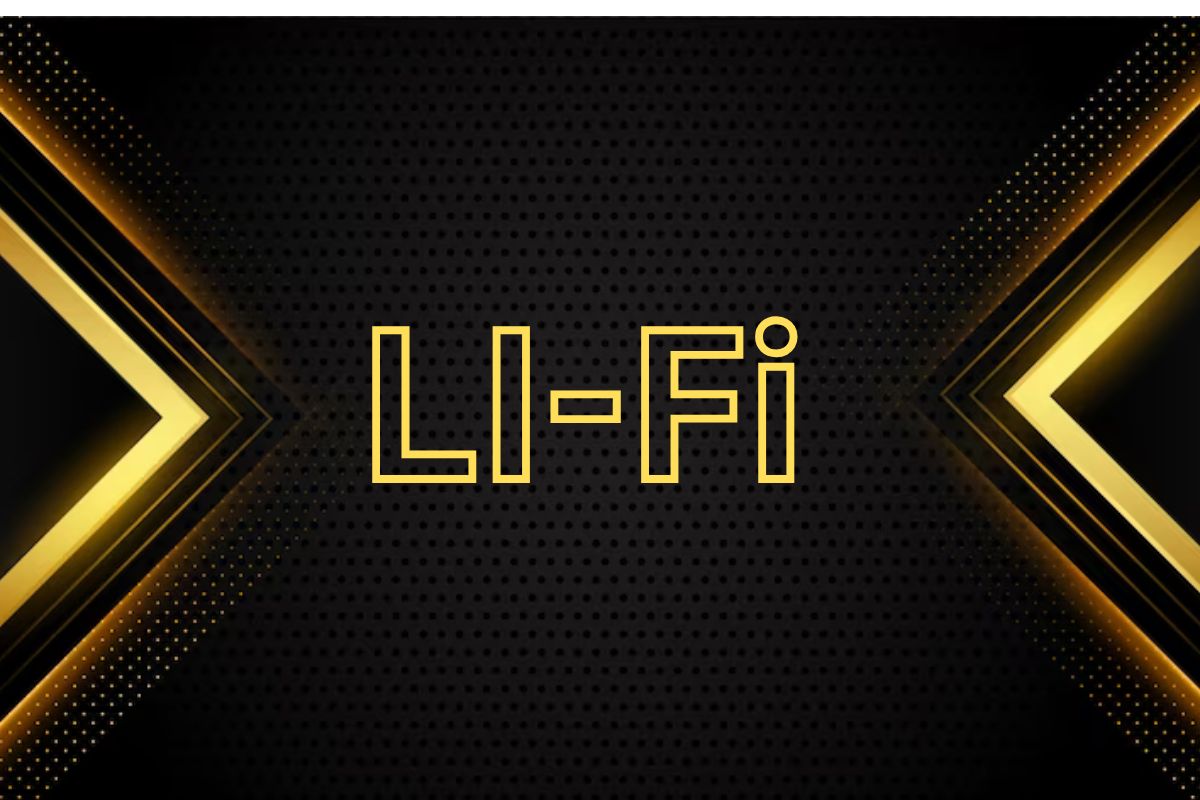Li-Fi has arrived to complement Wi-Fi as a tangible networking layer.
LiFi is an optical wireless networking technology that utilizes LEDs to transmit data. In essence, LiFi can be described as a WiFi-like system that relies on light as its medium of communication.
For more than a decade, we’ve been aware that blinking light bulbs have the potential to transmit substantial amounts of wireless data, going beyond basic infrared commands for TVs. Now, the IEEE standards body responsible for Wi-Fi has made an official move to embrace “Li-Fi” alongside Wi-Fi. This means that wireless light communication, operating with invisible infrared light, is now recognized as a physical layer for wireless local area networks according to the June 2023 update. In simpler terms, Li-Fi doesn’t have to compete with Wi-Fi; it can serve as an additional access point and interface to deliver the same networks or internet to your devices.
Furthermore, some IEEE members have been experimenting with utilizing both Wi-Fi and Li-Fi concurrently in their networks. This intelligent approach allows office computers to be selectively directed to either Li-Fi or Wi-Fi based on their respective strengths and weaknesses, thereby improving the overall network performance.
Li-Fi products have been around for a while, with companies attempting to market them for several years. One such competing standard is the International Telecommunication Union’s G.9991, found in data-beaming bulbs produced by companies like Signify, known for their Philips Hue products.
These companies have been relying on the advantages of light-based communication, which offers a fast and secure direct-line-of-sight connection without radio interference. However, concerns remain regarding varying lighting conditions and the risk of accidentally disrupting the line-of-sight connection. My colleague Jake explored the benefits and drawbacks of Li-Fi when he tested a Li-Fi lamp back in 2018.
According to CableLabs’ experiment writeup, it acknowledges that Light Communication (LC) has potential for improvement. The study mentions that the range of LC is highly influenced by irradiance and incidence angles, which makes dynamic beam steering and the availability of Line-of-Sight (LoS) appealing for future advancements in LC.
The writeup also states that enterprise Wi-Fi and current LC performance are comparable, but emphasizes the need to enhance LC reliability. One potential approach suggested is the utilization of multiple distributed optical frontends to address this issue.
The recent buzz around Li-Fi is not due to a major announcement from the IEEE. Instead, it is primarily driven by the efforts of a company that employs Dr. Harald Haas, the individual who coined the term “Li-Fi.” This company is eager to promote its latest product, the Light Antenna One, which was launched by PureLiFi in February.
The Light Antenna One is a compact module that could potentially be integrated into smartphones. PureLiFi claims that it can achieve speeds of over 1Gbps, depending on the specific use case. It should be noted that this module has a limited range, capable of communicating with devices within a 10-foot distance, and has a 24-degree field of view during transmission. PureLiFi asserts that the Light Antenna One is already compliant with the 802.11bb standard and is prepared to facilitate widespread integration of Li-Fi technology for the first time.



